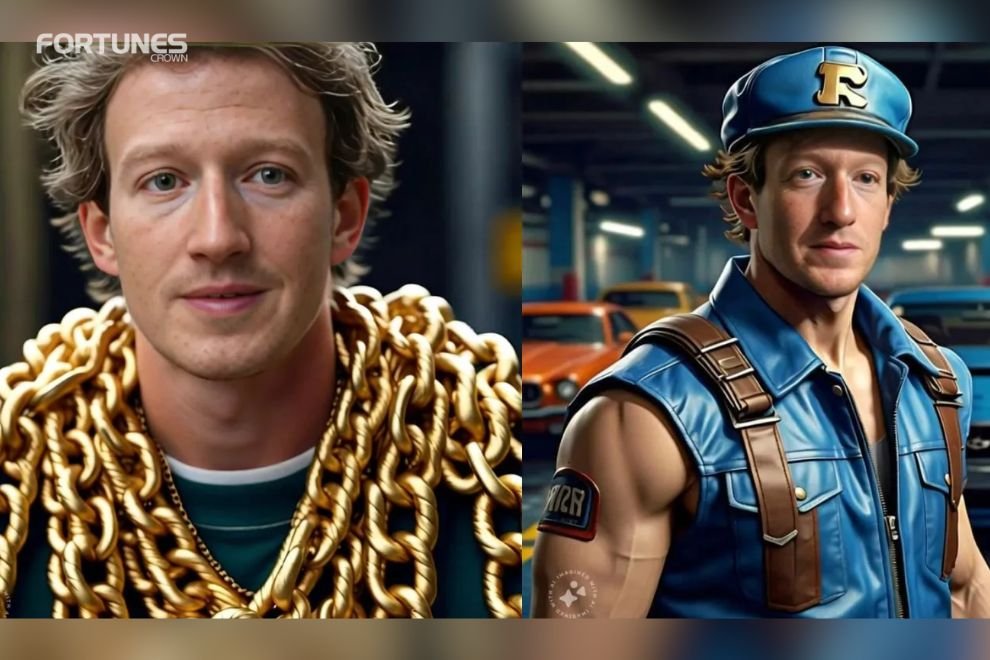Media is said to be the mirror of society. Good or bad, the media broadcasts actual incidents and situations in the community. It acts as binoculars for those who may not be aware of certain happenings, personalities, or events. Alongside this perception, there is the right opposite of this, saying society adopts what media shows to them. Both perceptions could be accurate, but the media portrays (or should portray) everyone. People of every gender, personality, background, or upbringing. Focusing on one major representation of the ones who make up 49.7% of the global population. Women in media have their own little set of history.
The perception of feminine beauty in Western culture has evolved. Historically, voluptuous and somewhat larger women were viewed as the most attractive; however, this is no longer the case. Objectification of women was a thing forever. Its levels just increased and decreased with time. In the past, women were seen as housekeepers and caregivers for the kids. They would adopt a more demure attire and spend much of their time in the home. Women are now increasingly prevalent in the workforce and significantly impact the modern economy.
Similarly, women rewrote their roles in society, and women in media also witnessed changes. The role of women in media went from two-dimensional roles that had “love interests” to them having actual contributions to stories. From the “loved by all mom” to the “loved by all mom who is working on her business/passion” (even if the passion sometimes is being an assassin.)
History of Women in Media
Women’s rights advocates in Europe and North America first brought up the issue of women’s exclusion in the 18th century. To spread their ideas and activities to larger audiences, the early suffrage leaders relied on the news media. The publications controlled by men mainly disregarded the female campaigners. The media that did cover women typically belittled their objectives. The objectification of women in media was at a newer peak. Women who did not adhere to the societal norms of submissiveness and respect for male authority were troubled. By a constant risk of being labeled as improper, crazy, or out of place.
The concept of media- majorly publishing and a little broadcasting at the time focused more on stories about revolt, wars, or colonialization. The people then never really saw women as fighters. Moving forward to the time when the “bread-earning” norms changed, women found themselves making little but important appearances in literature.
The role of women in media changed when they started writing their pieces. Started noticing the potential and putting it out there. Authors like Jane Austen and Mary Shelly came out with their literature and ruled their times. What happened with these stories being public was that women’s issues- which were usually excluded by media, were seen and even pushed ahead to the authorities. Objectification of women in media existed, but there was now another side of that practice.
Making Victoria Woodhull the first female president was the goal of Woodhull & Claflin’s Weekly, published after the Civil War, while the Lily promoted a wide range of women’s rights and the Una spoke up for the rights of immigrant and underprivileged women. The Revolution, a brief but significant newspaper published by Susan B. Anthony and Elizabeth Cady Stanton, addressed a variety of topics relating to women’s oppression, such as the poor pay of working women and the ability to vote.
New Woman Media
By the turn of the 20th century, women all over the world had concentrated on passing political and legal changes that would increase women’s equality. Providing them access to social institutions, and preserving their rights. The era of women’s rights has changed. As nations rebelled against colonial powers, many women became politically active. The legacy of that activism was carried over into women’s media. Manushi, an Indian feminist journal founded in the middle of the 1970s. Ms. magazine was founded by American feminists in the early 1970s. Lack of access for women to media careers was another issue in contemporary media. Women were significantly underrepresented in newsrooms, radio and television broadcasting, film production, and media outlet ownership.
Media And Stereotypes
Traditional patriarchal gender stereotypes are largely reflected in TV imagery. For instance, stereotypical masculinity is portrayed as universal, normal, and natural when it is a unique fabrication. Most of it is heterosexual, white, middle-class masculinity. In this brand of masculinity, any mention of femininity or homosexuality is rejected. Women are treated as inferiors. The idea that sex differences are “natural” aids in maintaining the disparities upon which our economic system is still built.
The majority of contemporary TV commercials include both males and girls, however, boys are typically more dominant. Ads for boys generally are louder and show far more energy and aggressive behavior than those for girls. Boys are frequently portrayed as being active, assertive, logical, and dissatisfied. Girls’ ads tend to have frequent fades, dissolves, and gentle background music
The Women-YouTube-Social Media-Age
Freedom of women in media came along through the years. Women participated in movies, daily soaps, and publications. But a new sense of freedom was introduced to women through social media and YouTube. YouTube gave women a new platform to people to express themselves and be creatives while sitting in their homes. Shooting, editing, and posting- for both YouTube and Social Media gave women a form of thrill and excitement.
Social media use by growing minds has significant consequences that affect self-construction, particularly for female users. Designers frequently are unaware of or fail to comprehend the negative effects that bad depictions can have on how both men and women survive in the visual culture. Designers are increasingly required to understand their impact on indirectly shaping the visual landscape in the ever-evolving politically sensitive context.








